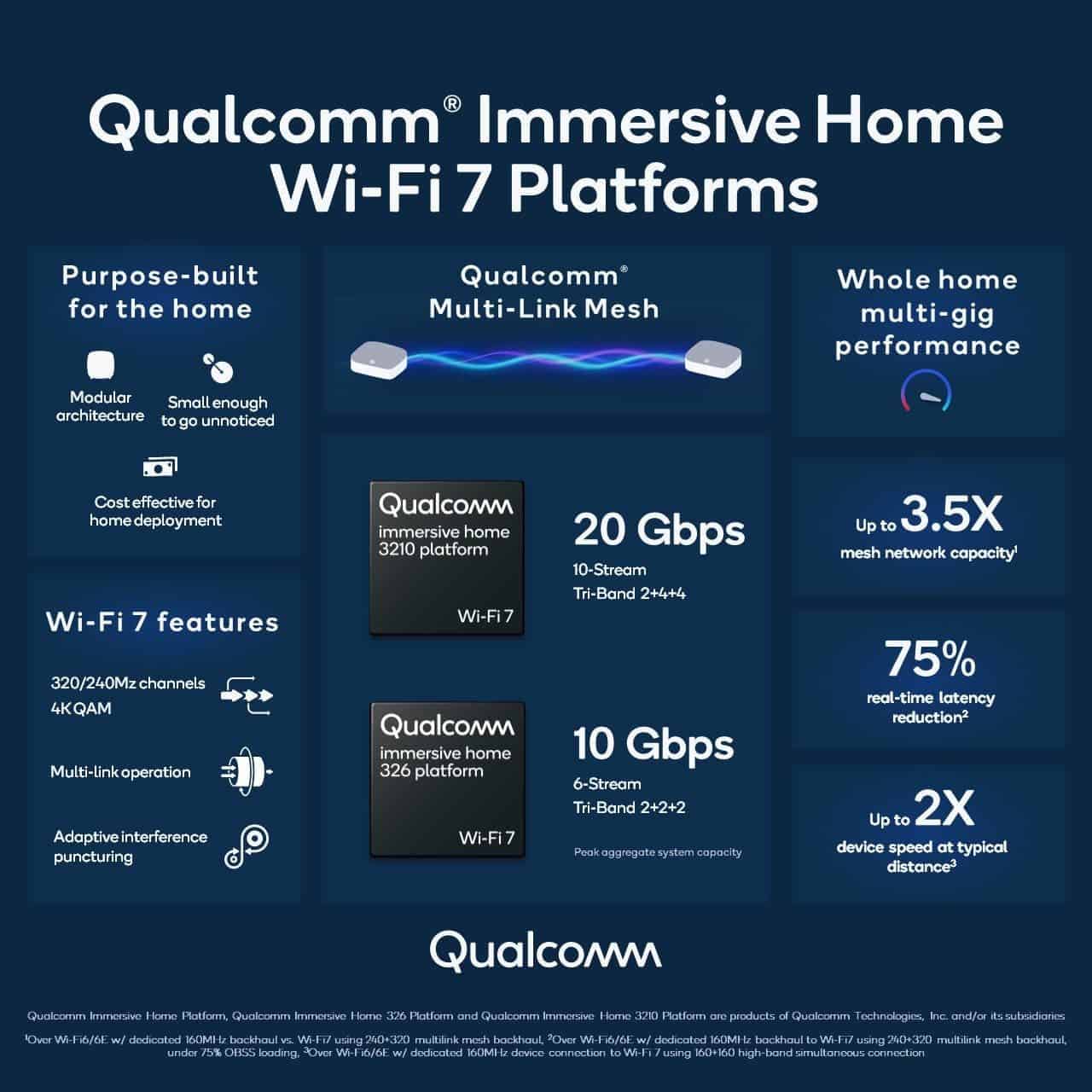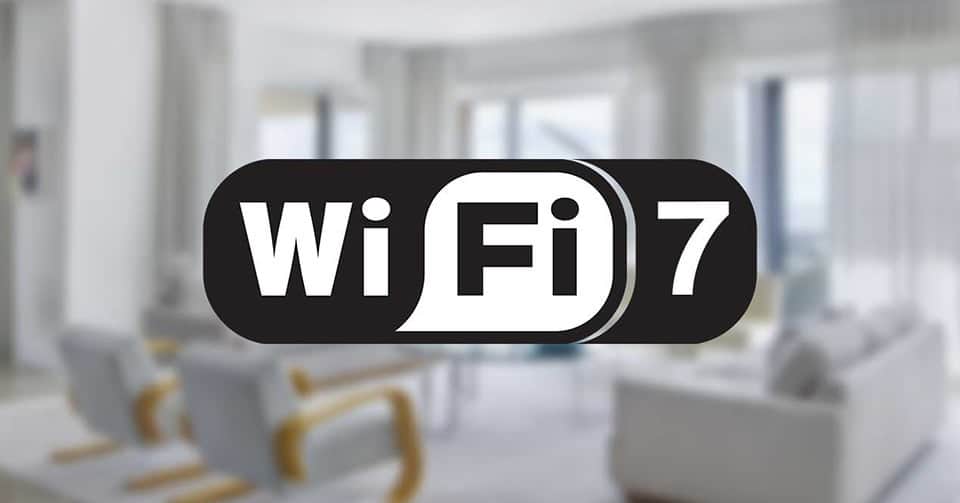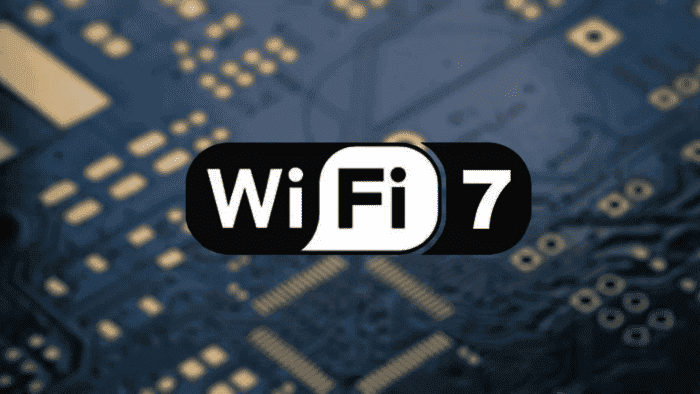Wi-Fi 7 does more than just lurk in the background as Wi-Fi 6E router prices start to drop and the standard spreads into more and more devices. It will be announced by Qualcomm in the second half of next year.
It took roughly five years to validate the standard between Wi-Fi 3 (802.11g – 54 Mbit/s) and Wi-Fi 4 (802.11n – 600 Mbit/s). Also, it then took another six years to see the arrival of Wi-Fi 5 (802.11ac – 7000 Mbit/s). Finally, it took another five years for Wi-Fi 6 (802.11ax – 9,600 Mbit/s). The adoption of Wi-Fi 7 (802.11be – 46,000 Mbit/s) won’t happen until 2024. If we stick to this schedule of standard validations.
But celebrate if you’re impatient! Already, the first products is starting to appear! The futuristic-looking Archer BE900 router, by the Chinese TP-Link, has already been official and will soon be available.
A New Wi-Fi standard in the game

And the next step has just become more credible. TP-Link is one of Qualcomm’s customers, along with Netgear, whose Orbi and Nighthawk remain industry standards, or even Google, for its Nest WiFi Pro. These manufacturers of routers and network equipment have received the first Wi-Fi 7 compatible chips of Qualcomm’s design, grouped under the Immersive Home Platform banner.
The latest platform from Qualcomm has built-in mesh network creation and optimization tools. Under the umbrella term “Multi-Link Mesh,” they are gathered together. To be clear, a mesh network (or mesh) consists of a minimum of two routers: a primary router that is attached to your box and a satellite. They interact with one another and create a single network that can serve your entire home or just a portion of it, preventing disconnections as you travel from one coverage area to another.
Qualcomm claims that their Multi-Link Mesh technology can cut connection latency by 75%. Making it ideal for online gaming but also potentially crucial for the spread of emerging applications like virtual reality.
Beyond the issue of latency, Qualcomm says that by using Adaptive Interference Puncturing to reduce congestion in a home setting, it has worked to improve the stability of your future wireless connection. Similar to how interference from nearby Wi-Fi networks, which are likely to be numerous if you live in a city, should be lessened, the algorithms used to change the channels should do the same.
Wi-Fi 7 battles against latencies while improving achievable speeds with the introduction of 320 MHz channels (in 6 GHz). Compared to 160 MHz for Wi-Fi 6E, and 240 MHz in 5 GHz. By including Multi-Link Operation (MLO), it also makes sure that devices that are compatible and have high needs can connect to two frequency fields simultaneously (if they, for example, have a FastConnect 7800 module, which is already in production). If we want to get the fastest speeds feasible, we are talking about bandwidth aggregation. For instance in the 5 and 6 GHz bands.
Wi-Fi 7 is compatible with three frequency bands, just like Wi-Fi 6E. (2.4, 5 and 6 GHz). Because the 5 GHz is split into two bands, the manufacturers even use the term “quad-bands.” The accessibility of a new band will also enable the more intelligent distribution of linked devices. Thus, for instance, the least effective 2.4 GHz band might be assigned to linked devices that often don’t require high speeds.
Wi-Fi 7 will be in the market in the second half of 2023

The world’s largest chipmaker anticipates the release of the first real products in the second half of 2023. That is around a year before the IEEE issues its final validation of the standard. And they do it with resounding assurances. As a result, a router with 10 streams on each of the three reference bands may provide up to 20 Gbit/s of speed.
Another encouraging development is that the Immersive Home Platform took place to increase performance (up to x2 in speed). For both new and used products, and for both speeds and power consumption. Better still, it ought to be less priced than existing options. Therefore, upgrading to Wi-Fi 7 can be less expensive than upgrading to Wi-Fi 6 or 6E.





